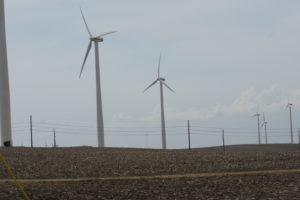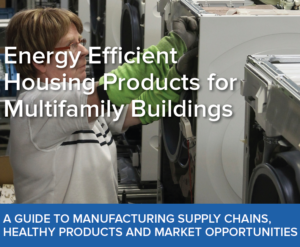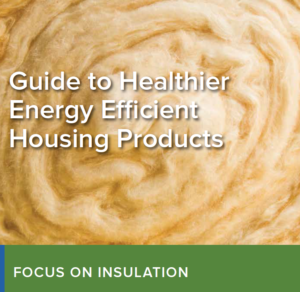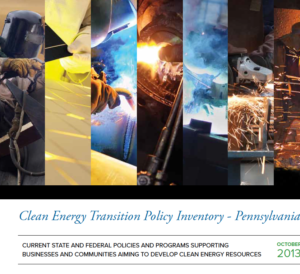Online Tool to Find Local, Healthy Energy-Efficient Building Products Expands
Building Clean—found at www.buildingclean.org—offers an easy-to-use interface to access its one-of-a-kind database. Products and manufacturers of products available on the database include appliances, heating and air conditioning equipment, insulation, lighting, plumbing, roofing, sealants, water filtration, and now windows, doors, and skylights.
“We’re excited that Building Clean continues to expand and allow designers, contractors, developers, manufacturers, and consumers to supercharge efforts to find healthy, American-made products in a wide range of sectors,” said Lauren Asplen, director of the BlueGreen Alliance’s Healthy Sustainability Program.
Housing consumes more than 20 percent of U.S. energy. Building Clean is designed to make it easier for architects and designers, consumers, contractors and developers, and manufacturers to find American-made, healthy products so they can capture the benefits of energy efficiency retrofits—including lower utility bills, improved occupant health, and increased economic development.
“In addition to finding the products themselves, we provide useful information about the types of chemicals that can be found in products to educate users and help them find the healthiest options,” added Asplen.
Building Clean is an initiative of the BlueGreen Alliance Foundation and is a companion piece to the broader Energy Efficiency for All initiative, which is dedicated to linking the energy, housing, and health sectors to tap the benefits of energy efficiency for millions of low-income families.



